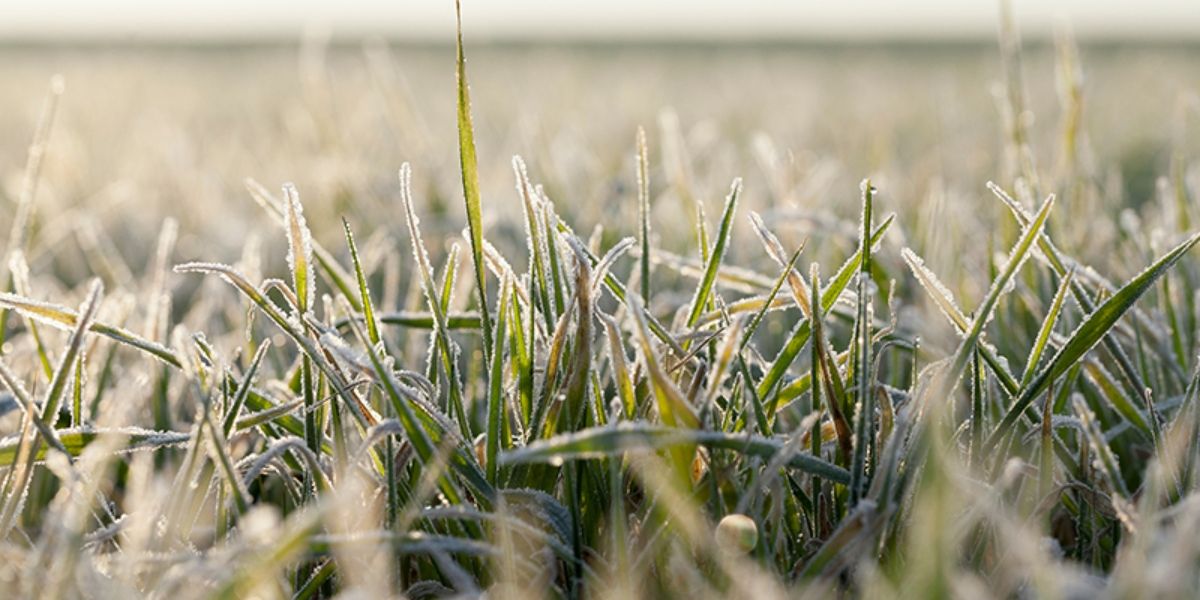
Millions of potential cover crop acres that may help reduce farming’s greenhouse gas emissions could be lost under a plan to shift $19.5 billion in Inflation Reduction Act, or IRA, funding from conservation programs to increasing price guarantees for farm subsidy programs.
The plan, pushed by some agriculture groups and House and Senate Republicans, would boost farm subsidy payments to farmers through the increased price guarantees. But fewer farmers would benefit, because subsidy programs are limited to those growing a small number of crops.
Conservation programs that fund efforts like cover crops and other practices to lower agriculture’s greenhouse gas emissions could potentially benefit all farmers, since they are all eligible.
Keeping the dedicated IRA funding in the conservation programs, specifically for climate-smart practices, is vital for farmers and the climate.
Greenhouse gas contributions from the agricultural industry represent at least 11 percent of all U.S. emissions. They could top 30 percent in the future without major changes.
The Department of Agriculture has identified growing cover crops as a climate-smart practice because they can potentially reduce a farm’s greenhouse gas emissions. They also enhance a farm’s adaptation to extreme weather associated with climate change, including boosting resilience to drought and excess precipitation. Cover crops improve water quality by reducing nitrogen runoff and they benefit soil health.
Funding climate-smart EQIP practices
The USDA’s Environmental Quality Incentives Program, or EQIP, is one of the four conservation programs that was allocated funding from the IRA. Through an analysis of USDA data received through a Freedom of Information Act request, EWG found that even before the IRA began to be implemented, funding through EQIP for climate-smart practices went to farmers in every state in the country.
Between 2018 and 2022, farmers in all 50 states received funding for practices on the USDA Natural Resources Conservation Service’s List of fiscal year 2023 climate-smart practices.
Of every EQIP practice funded in the past five years, cover crops have gotten the most money – $448.9 million between 2018 and 2022. This does not include the IRA money that just began to be spent in 2023.
Over the past five years, EQIP has sent funding for cover crops to farmers in 49 states. Nevada is the only state where farmers did not receive cover crop funding.
Raising price guarantees for farm subsidy programs, as Republicans in Congress and some agriculture groups want, would mostly aid farmers in Southern states.
But unlike increased price guarantees, cover crop funding through EQIP does not benefit farmers in just one region. The 10 states that received the most EQIP payments for cover crops got almost $279.1 million between 2018 and 2022 and were located in multiple regions.
Although many of the states that got the most payments were in the Midwest, the state with the largest EQIP payments for cover crops was Tennessee, at $45.8 million. Louisiana was also in the top 10 states, at number nine, with almost $18.9 million. (See Table 1.)
Table 1. The 10 states that received the most EQIP payments for cover crops between 2018 and 2022 were in different regions.
|
State |
EQIP cover crop payments from 2018 to 2022 |
|
Tennessee |
$45,817,935 |
|
Missouri |
$33,644,916 |
|
Indiana |
$32,911,174 |
|
Iowa |
$30,127,832 |
|
Ohio |
$27,210,972 |
|
Wisconsin |
$25,513,936 |
|
Minnesota |
$24,844,992 |
|
Michigan |
$23,539,880 |
|
Louisiana |
$18,861,043 |
|
Nebraska |
$16,610,787 |
|
$279,083,467 |
Source: EWG, from public records requests for USDA-NRCS program data.
The new IRA climate-smart conservation funding could fund millions of new acres of cover crops. So if this funding is instead used to increase farm subsidy payments, millions of potential cover crop acres could be lost. This funding is especially important given that fewer corn and soybean farmers are growing cover crops this year than last.
Cover crops and other climate-smart conservation practices can benefit all farmers throughout the country, unlike increased farm subsidy program price guarantees, which would benefit fewer than 6,000 farmers in Southern states, mostly farmers of peanuts, rice and cotton.
Climate-smart practices also have many other benefits for water quality, soil health and wildlife conservation.
Climate change is the most pressing issue facing farmers today and in the future. If the IRA conservation funding continues to go to climate-smart practices in the conservation programs, it will benefit farmers, the climate and the environment.
